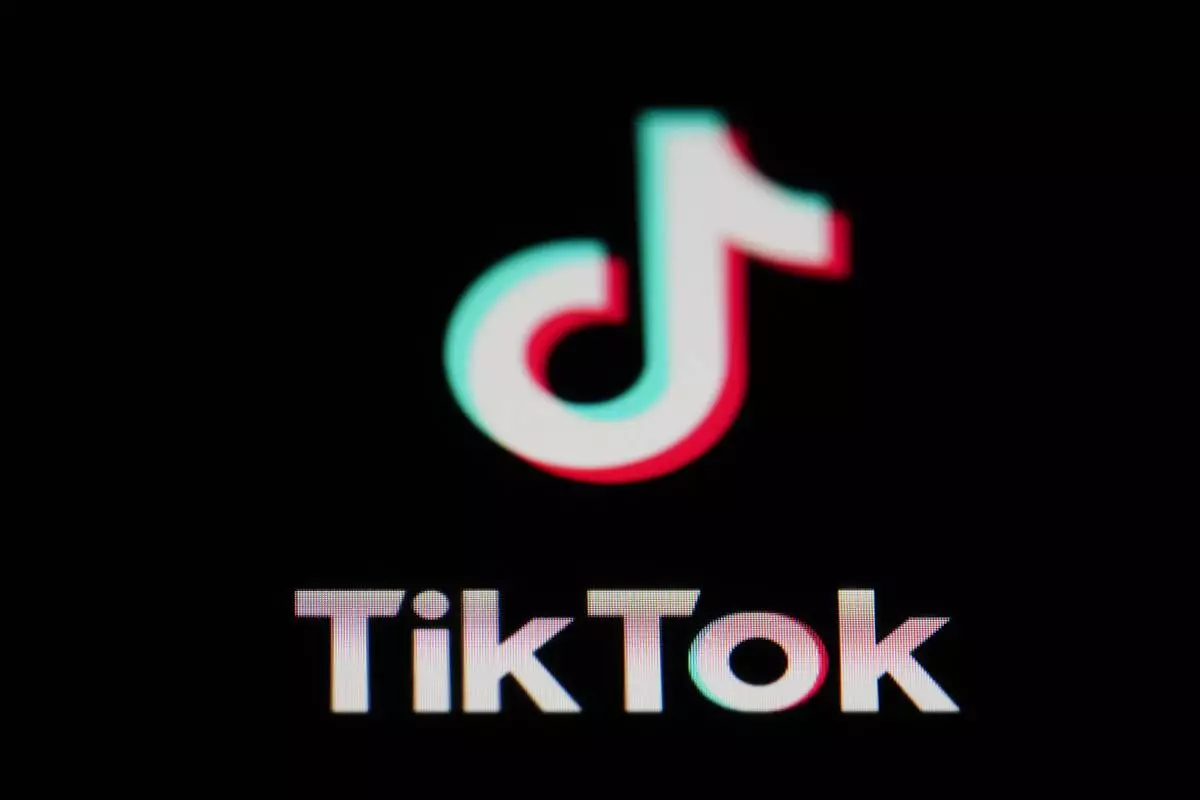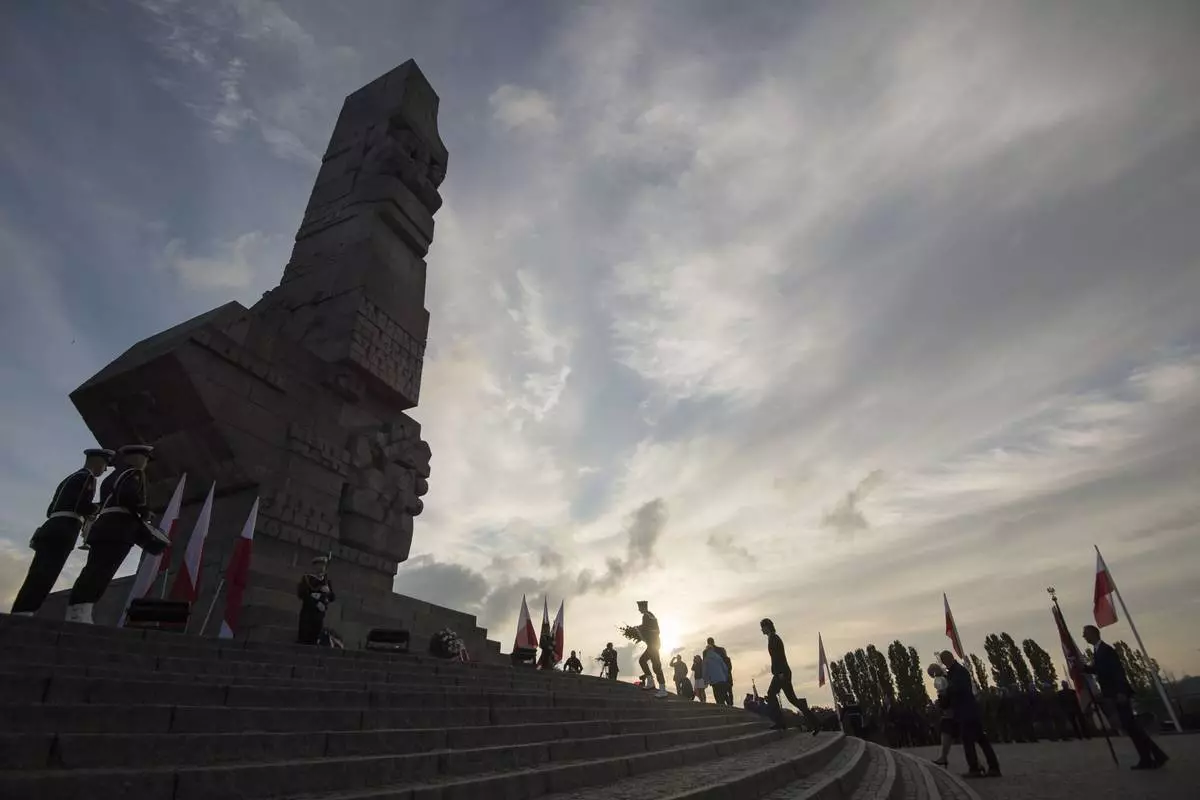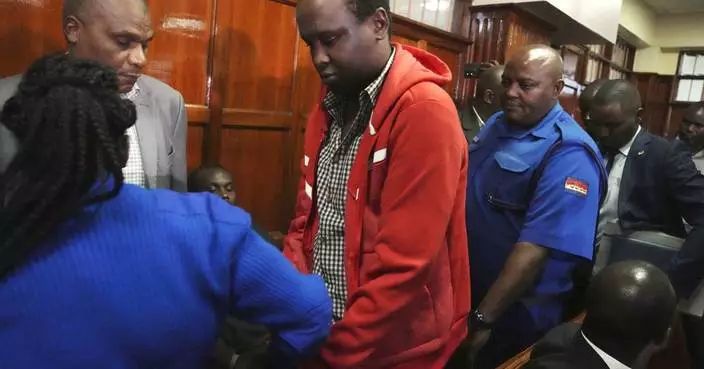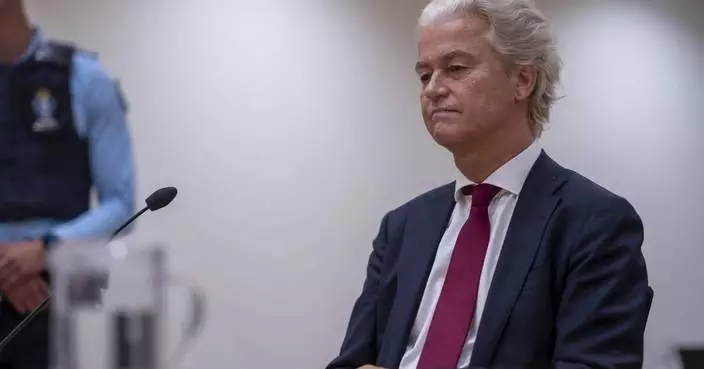LONDON (AP) — TikTok owner ByteDance can't avoid the bloc's crackdown on digital giants, a European Union court said Wednesday in a decision that found the video sharing platform falls under a new law that also covers Apple, Google and Microsoft.
The EU's General Court rejected ByteDance's legal challenge against being classed as an online "gatekeeper” that has to comply with extra obligations under the 27-nation bloc's Digital Markets Act.
The rulebook, also known as the DMA, took effect this year and seeks to counter the dominance of Big Tech companies and make online competition fairer by giving consumers more choice.
TikTok had argued that it wasn't a gatekeeper but was playing the role of a new competitor in social media taking on entrenched players like Facebook and Instagram owner Meta.
The judges, however, decided that since 2018 TikTok had “succeeded in increasing its number of users very rapidly and exponentially” and that it had “rapidly consolidated its position, and even strengthened that position over the following years.”
“We are disappointed with this decision," the company said in a prepared statement. “TikTok is a challenger platform that provides important competition to incumbent players.” TikTok said it will evaluate its next steps and noted that it has already taken measures to comply with the DMA.
The Digital Markets Act took effect in March, with a list of dos and don’ts for big tech “gatekeeper” companies aimed at giving users more choices and threatening big penalties if they don’t comply.
The ruling can be appealed to the EU's Court of Justice, the bloc's highest court, but only on points of law.

FILE - The icon for the video sharing TikTok app is seen on a smartphone, Feb. 28, 2023, in Marple Township, Pa. TikTok owner ByteDance can't avoid the bloc's crackdown on digital giants, a European Union court said Wednesday, July 17, 2024 in a decision that found the video sharing platform falls under a new law that also covers Apple, Google and Microsoft. (AP Photo/Matt Slocum, File)
WARSAW, Poland (AP) — Decades after they were killed, Poland held a state burial on Monday of the remains of more than 700 victims of Nazi Germany's World War II mass executions that were recently uncovered in the so-called Valley of Death in the country's north.
The observances in the town of Chojnice began with a funeral Mass at the basilica, leading to an interment with military honors at a local cemetery of the victims of the Nazi crimes. The remains, contained in 188 small wooden coffins with ribbons in national white and red colors across them.
Relatives of the victims, an aide to President Andrzej Duda, local authorities and top officials of the state National Remembrance Institute, which carried out and documented the exhumations, took part in the events.
“We want to give back memory, we want to give back dignity to the victims of the crimes in Chojnice,” presiding Bishop Ryszard Kasyna said.
Duda sent a message saying that the deaths weren't in vain and will always be held in the national memory, because the only reason they were killed by the Nazis was the fact that they were Polish.
The remains of Polish civilians, including 218 asylum patients, were exhumed in 2021-2024 from a number of separate mass graves on the outskirts of Chojnice. Personal belongings and documents helped identify around 120 of the victims of an execution in early 1945. Among them were teachers, priests, police officers, forestry and postal workers, and landowners.
Historians have established that the Nazis, shortly after invading Poland on Sept. 1, 1939, executed some of the civilians, in a drive to subdue the nation. The remains of another 500 victims are from the January 1945 execution, when the Germans were fleeing the area. Bullets and shells from handguns used by German forces were found in the graves.
Experts will continue to comb the area for more mass graves of the so-called Pomerania Crime.
Poland lost 6 million citizens, or a sixth of its population, of which 3 million were Jewish, in the war. The country also suffered huge losses to its infrastructure, industry and agriculture.
This story has been corrected to show that an aide to President Andrzej Duda attended the events, not Duda himself.

People lay a wreath at the monument to the 1939 heroic defense of the Westerplatte peninsula outpost during solemn observances of the 85th anniversary of the outbreak of World War II, at Westerplatte, on the Baltic Sea, Poland, on Sunday, Sept. 1, 2024. Attacked by a German Nazi warship in the small hours on Sept. 1, 1939, the Westerplatte military outpost was supposed to hold out for 24 hours, but its soldiers put up resistance to the Germans for seven days. (AP Photo/Wojciech Strozyk)











